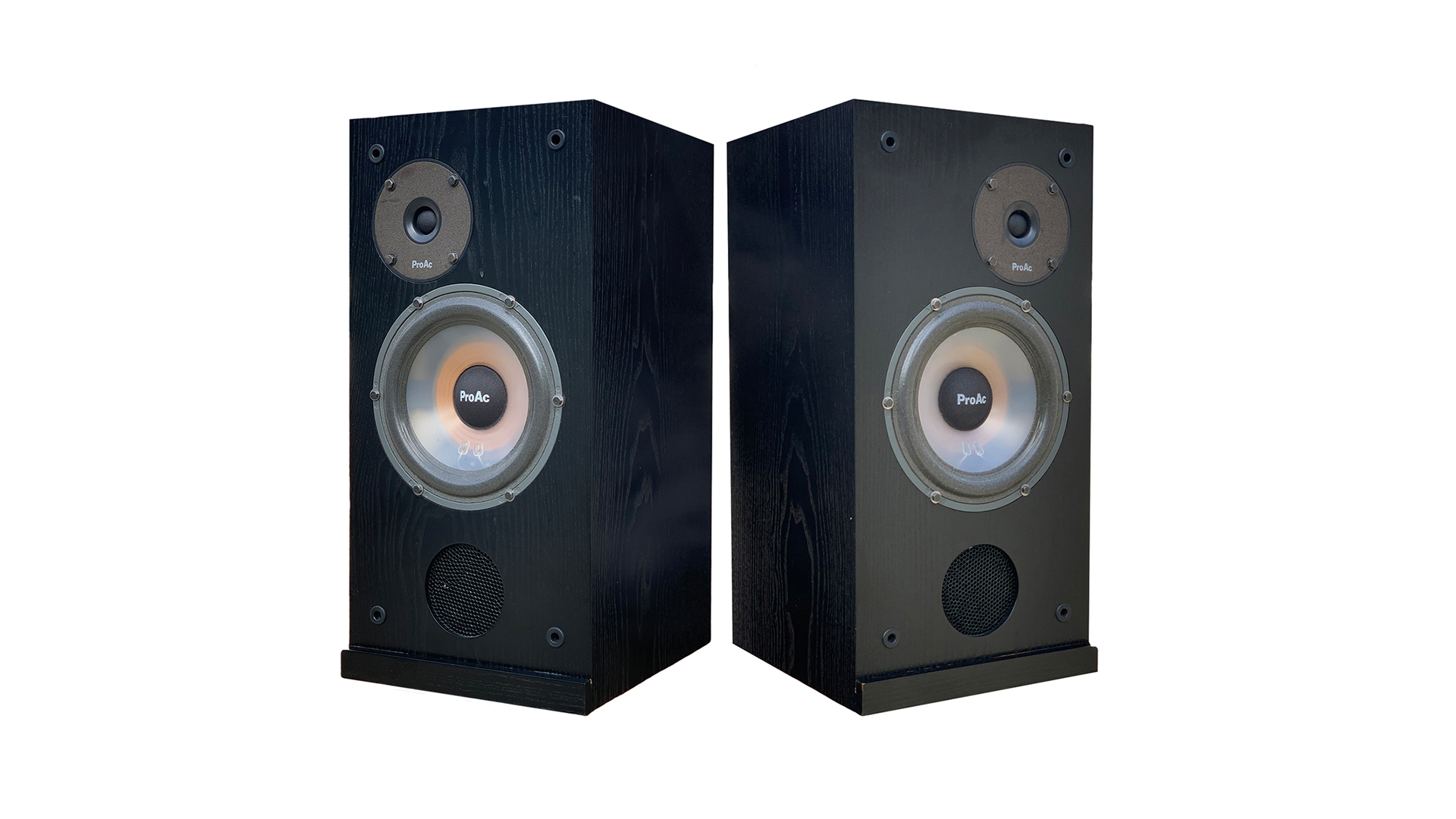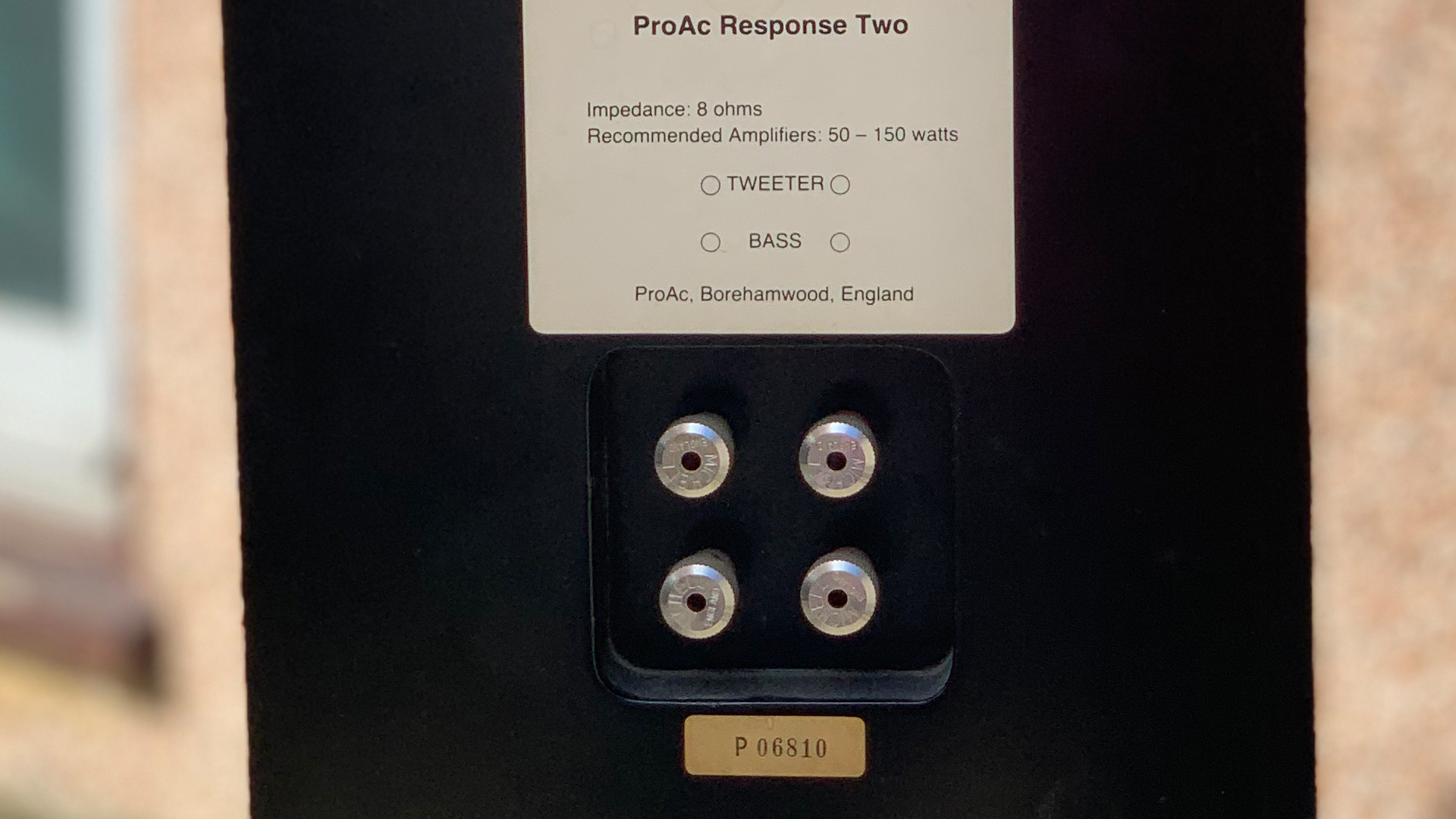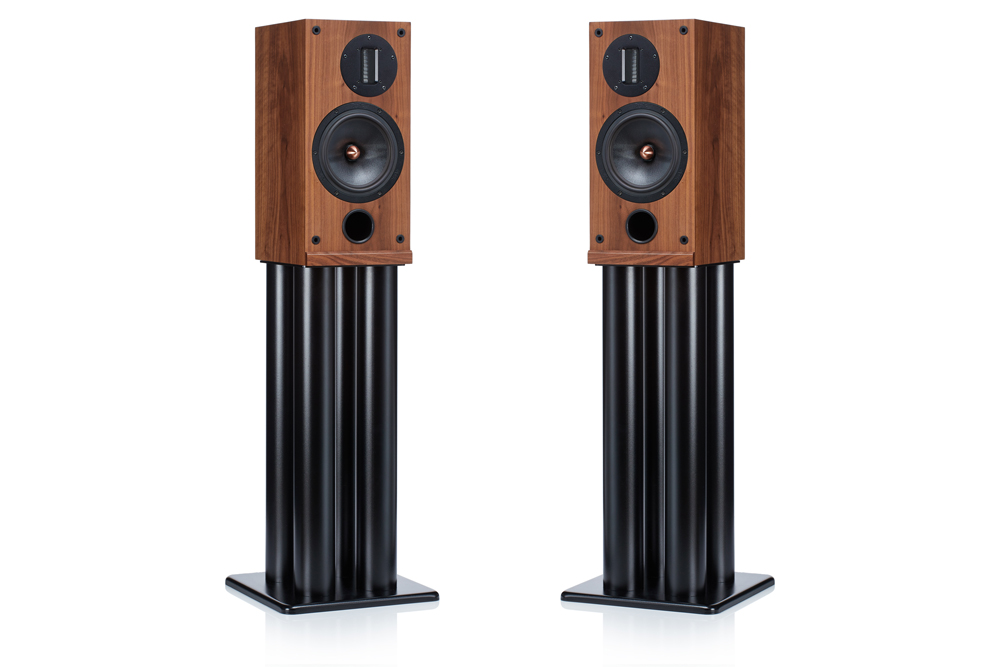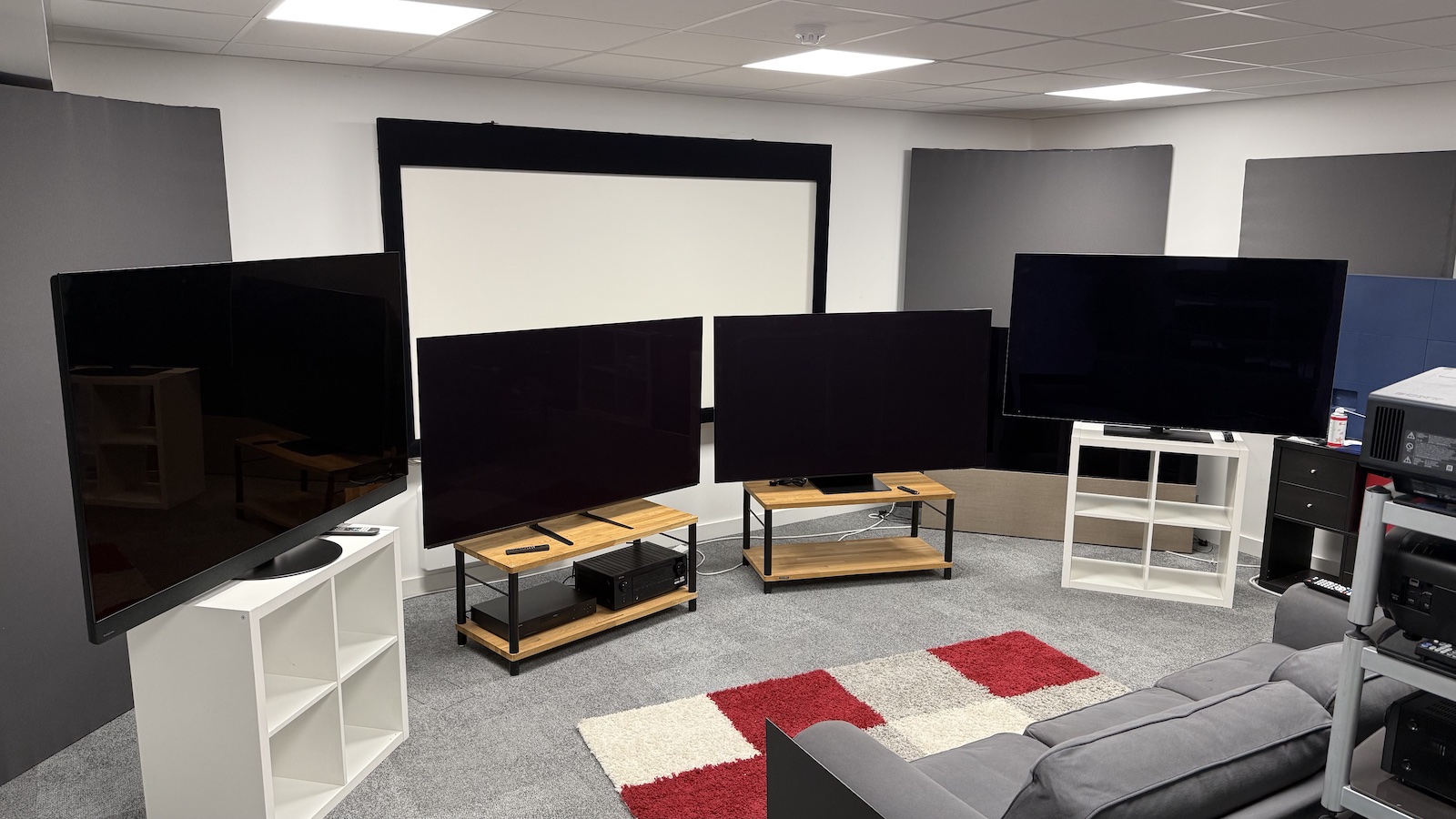That Was Then... ProAc Response Two review
ProAc's original high-end standmounter speakers turned out to be a star

We recently reviewed ProAc’s Response D2R standmounters and were blown away by their musical excellence and immensely likeable nature. On the surface, they are relatively unassuming boxes, with only the use of a ribbon tweeter to separate them from the hoard of other premium two-way standmounters out there. But start listening and you’ll find that they’re in another class to most of the competition as far as sound quality is concerned.
We weren’t surprised at their talent though. ProAc has a long history of turning out musically captivating speakers that look ordinary on paper. Don’t forget, this is a small company that simply doesn’t have the resources of the biggest players in order to push the boundaries of technology.
What it does have, though, is an engineering team that is expert in mixing relatively conventional (but high-quality) ingredients with skill – and getting a brilliant sound from them.
The ProAc Response D2Rs are an excellent example, as were their great grandfathers, the original Response 2s from 1989. ProAc was just a decade old back then, but with the introduction of the Response range, the company ventured upmarket to an area where most similarly-sized British speaker companies simply didn’t compete.
The first model in the range was the Response Two, but a bigger tower and smaller, pint-size sibling, predictably named the Three and One respectively, quickly flanked it.
The Two’s initial price of £1500 may not seem high-end today, but in 1989, a Linn LP12 turntable was just £506 (£1770 for a base one today). The then-current generation Quad ESL-63 Electrostatic speakers cost around the same as the ProAc speakers, at £1538. Today's equivalent of the ESL-63 speakers are the Quad ESL-2812, which retails for £6500.

Look at the ProAc Response Two today and the level of build still impresses. Thanks to 25mm thick MDF panels, the cabinet feels immensely rigid, and at over 13kg on our scales, it’s pretty hefty too. The attention to detail is admirable, from enclosure edges that are crisp enough to put most current speakers to shame, to the carefully applied real veneer and the high-quality Michell rhodium-plated bi-wire terminals. The Twos remain a class act.
The latest hi-fi, home cinema and tech news, reviews, buying advice and deals, direct to your inbox.
Both drive units were sourced from OEM giants Scanspeak. There’s the 19mm D2010 dome tweeter that was common on many high-end speakers of the time and a purpose-built 17cm polypropylene mid/bass that was made to ProAc’s specifications. The bass was tuned by a front-firing port, but unusually this was stuffed with straws to provide resistance to the airflow.
Despite being pitched at the top end of the market, these speakers are easy to drive. Their impedance barely drops below 8ohms and is benign overall. Sensitivity is fairly low by current standards at a claimed 86dB/W/m, so if you want really high volume levels a bit of power is necessary.
Even so, we get by just fine using an original metal-cased Mission Cyrus One (from 1989), which is rated at just 25W per channel, alongside more suitably talented high-end amplification from Naim, Krell and Audio Research.

These speakers sound best when used well away from walls where their excellent sound staging can be optimised. While it’s fine to experiment, we find the ProAcs sound best with the offset tweeters positioned on the inner edges. This gives a little more focus and solidity to the stereo image in our room.
By current standards, the Twos don’t go down particularly deep in the bass, but there is enough in the way of substance for a convincing presentation. If you’re looking for the last word in tonal neutrality, analysis or agility, these are not the speakers for you – that would have been true even when they were new.
The strengths of the ProAc Response Two are a wonderfully expressive midrange that brings out the nuances and texture in vocals as well anything we’ve heard in modern equivalents, and the ability to make music sound like a performance rather than simply a recording.
That distinction is important. When we listen to the Ghosteen set from Nick Cave and the Bad Seeds we’re instantly aware of the sadness and pain that’s part and parcel of this lovely album. More modern speakers may reveal more information in this recording but most fail to organise it in such a musically coherent way.
Some of the basslines aren’t as taut or weighty as they could be, and there’s certainly a lack of outright precision to the way these ProAcs draw the edges of notes, but it doesn’t matter when the music’s emotions are communicated so effectively.
Mount The Air by The Unthanks plays to the Response Two’s strengths, with the group’s superb vocals coming through with passion, while the backing instrumentation complements and emphasises where necessary. Whether with voices or instruments, these standmounters reveal sonic textures and dynamic nuances brilliantly, and it’s all tied together in a wholly musical and engaging way.
The Twos are no rhythmic champs, but they still manage to convey the drama and drive in music well enough so that even the likes of Kanye West’s Yeezus comes across with the right attitude and aggression. There’s a decent amount of bite in the Response Two’s treble and it’s artfully balanced by a touch of excess richness lower down.
When you’re not in that mood though, you can simply turn the volume down to a whisper and still be enchanted by Olafur Arnalds’ magical Living Room Songs. That’s a neat trick that few modern speakers can emulate in our experience. Most sound absolutely lifeless at low volume levels.

Swap to the new Response D2Rs and it’s clear that ProAc has made major advancements. Despite sharing much sonic DNA, the new speakers are cleaner, crisper and far more detailed. They deliver dynamics – both large and small scale – in a notably more emphatic manner and rhythms with considerably greater skill.
Despite being a little smaller, the D2Rs dig far deeper in the bass than the originals, and with much more insight. Neither speaker would qualify as tonally neutral though.
For us, none of these shortcomings diminish the ProAc Response Two’s appeal. We would expect no less after 30 years of evolution. The important thing is that the originals still sound good enough to make us want to listen to another song every time the one we’re enjoying finishes. There aren’t many modern alternatives that manage that trick, regardless of the high-tech engineering solutions they employ.
MORE:
That Was Then... Nagra PL-P review

Ketan Bharadia is the Technical Editor of What Hi-Fi? He has been reviewing hi-fi, TV and home cinema equipment for almost three decades and has covered thousands of products over that time. Ketan works across the What Hi-Fi? brand including the website and magazine. His background is based in electronic and mechanical engineering.
